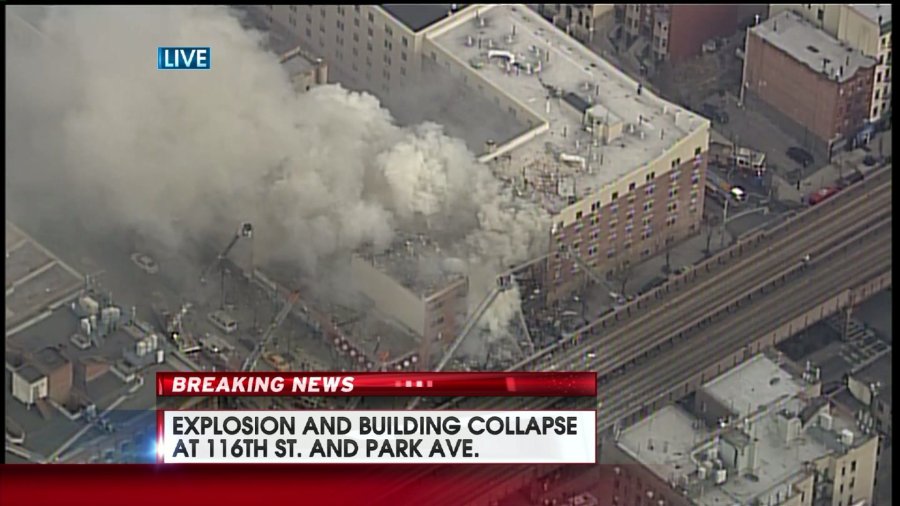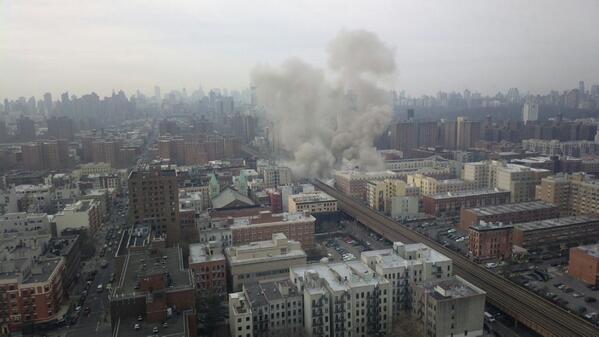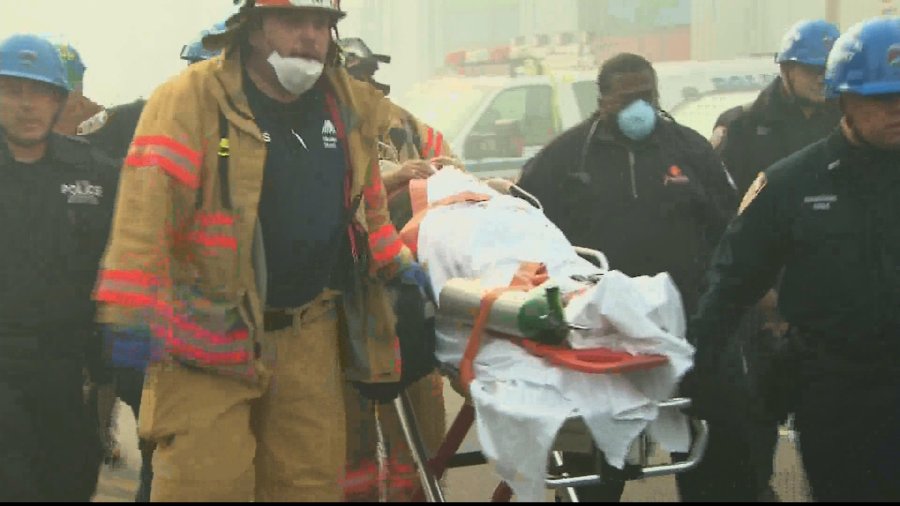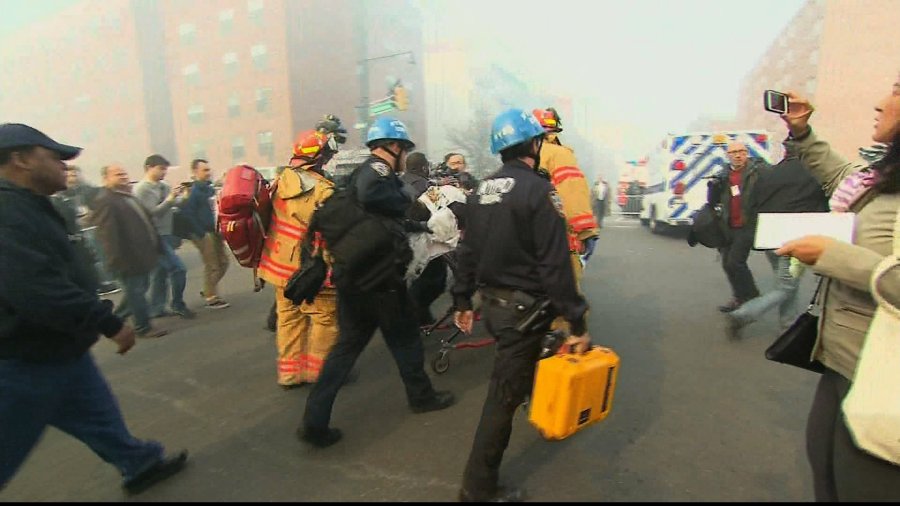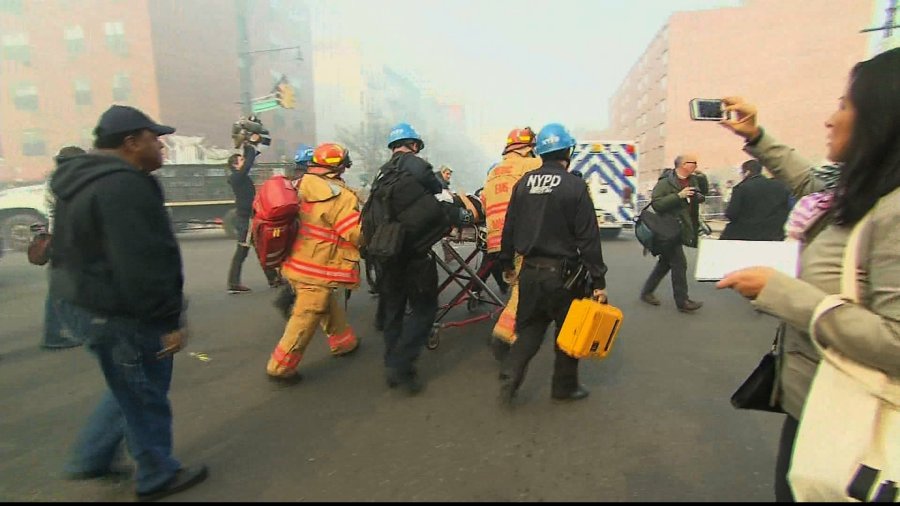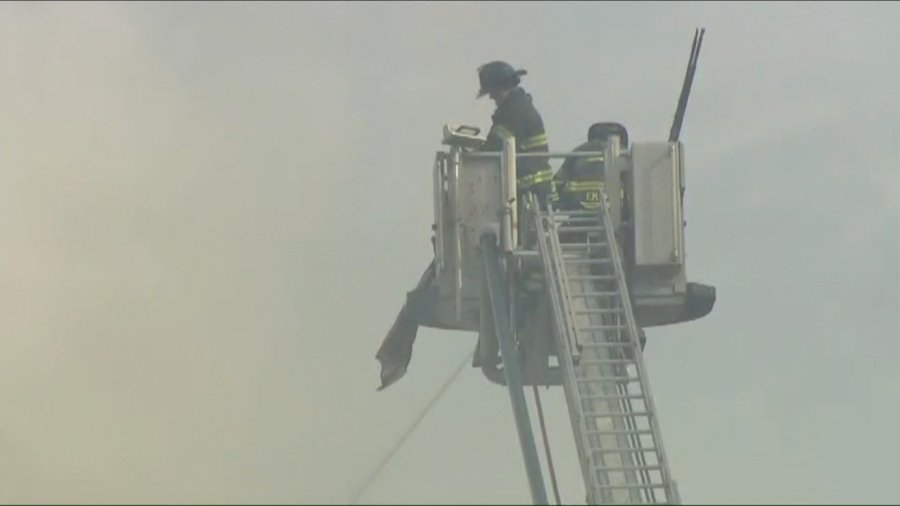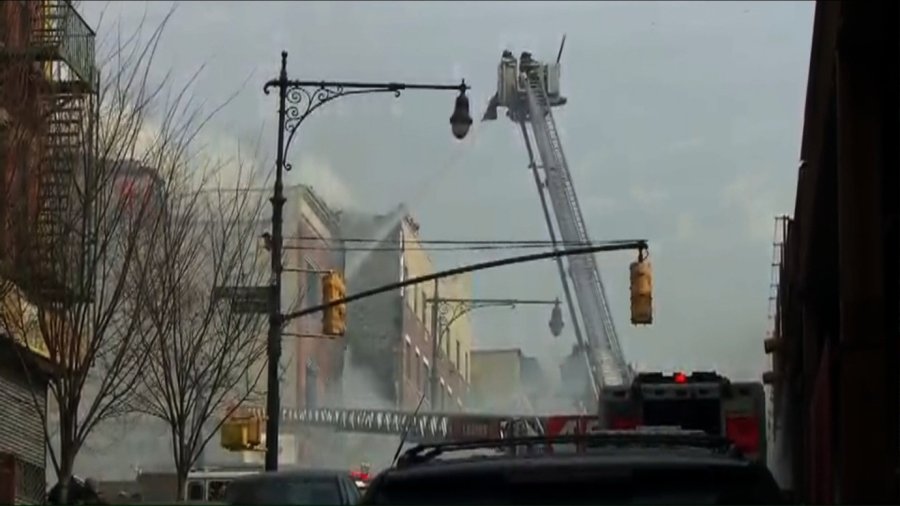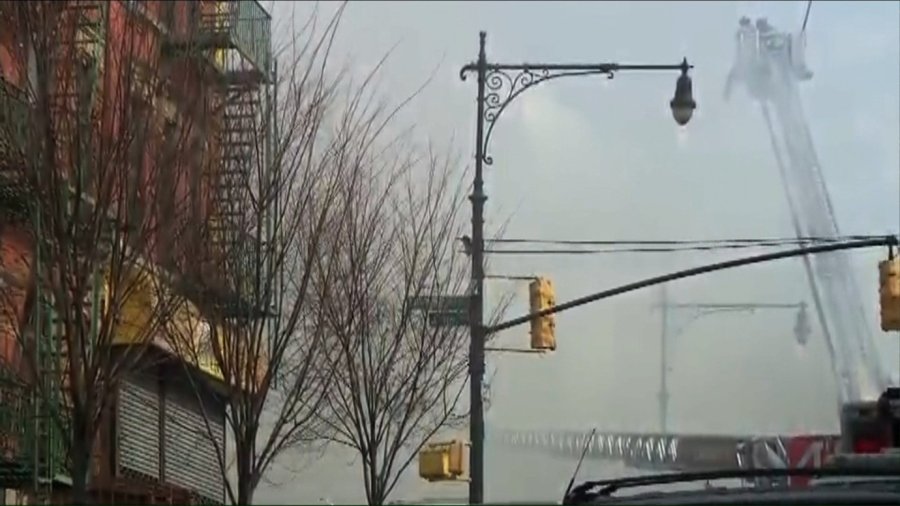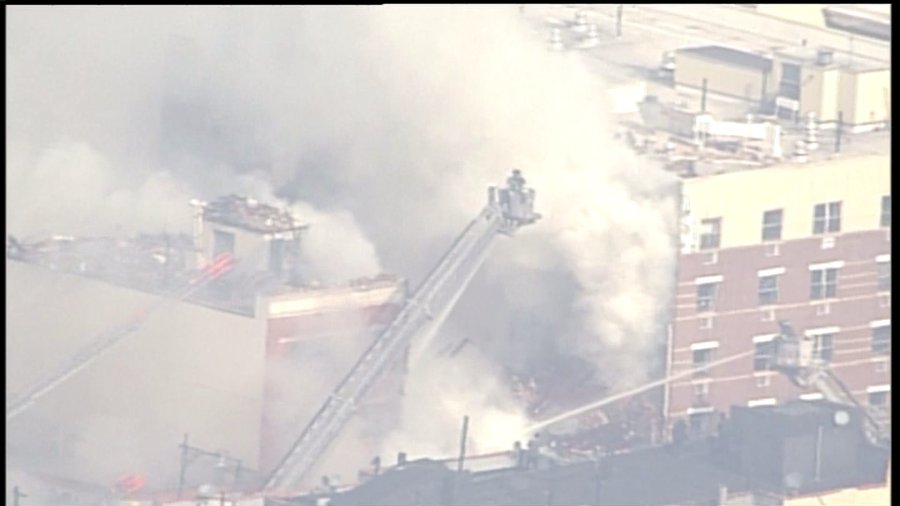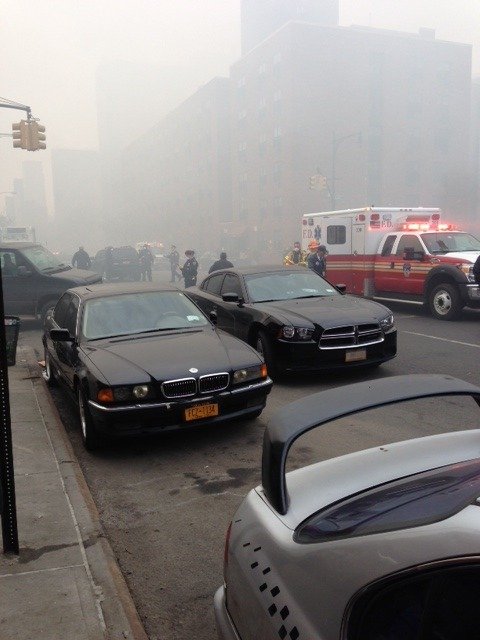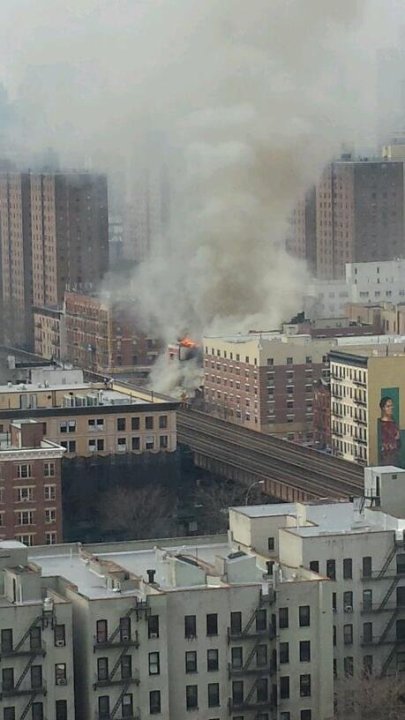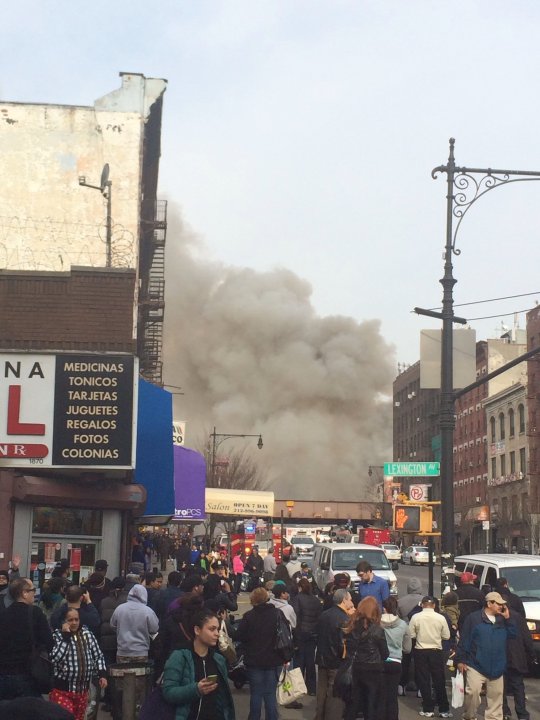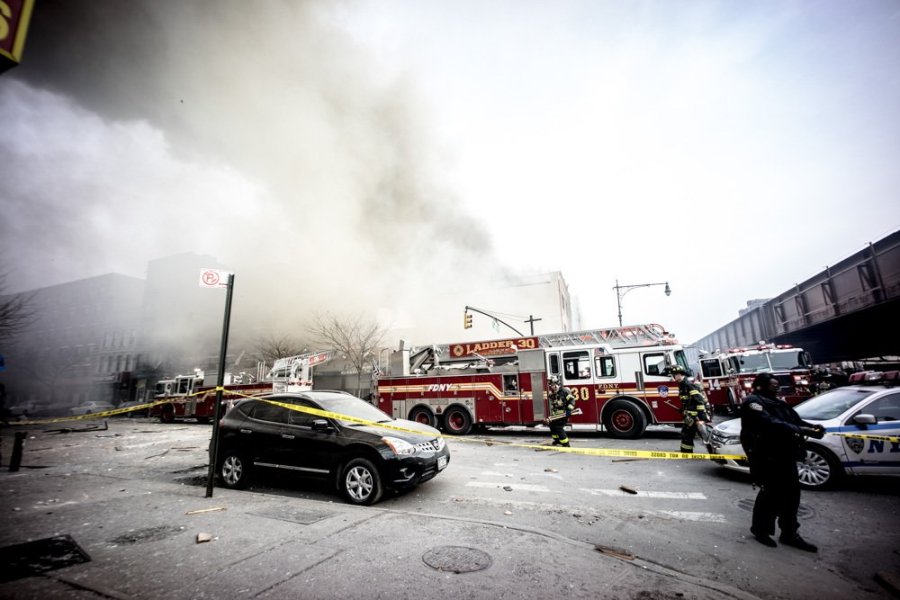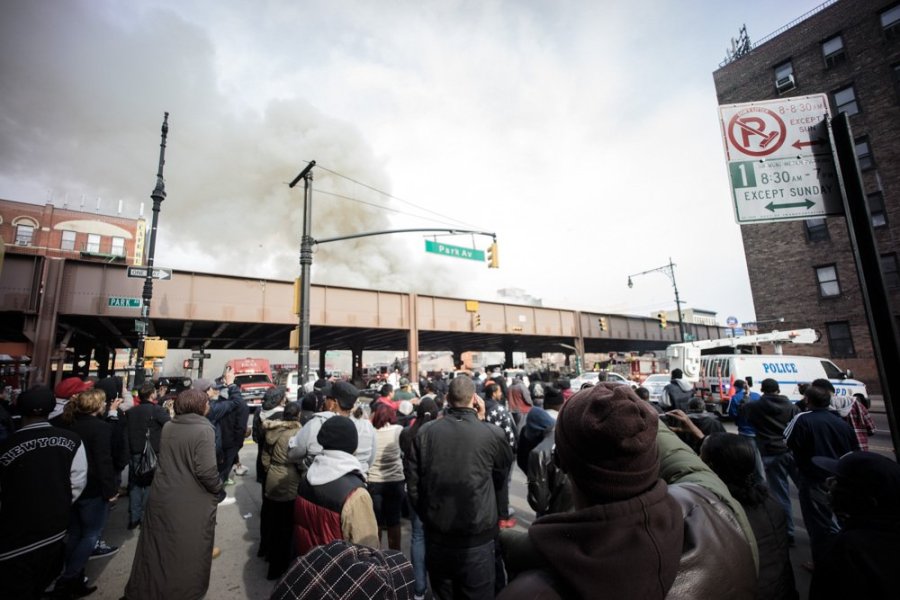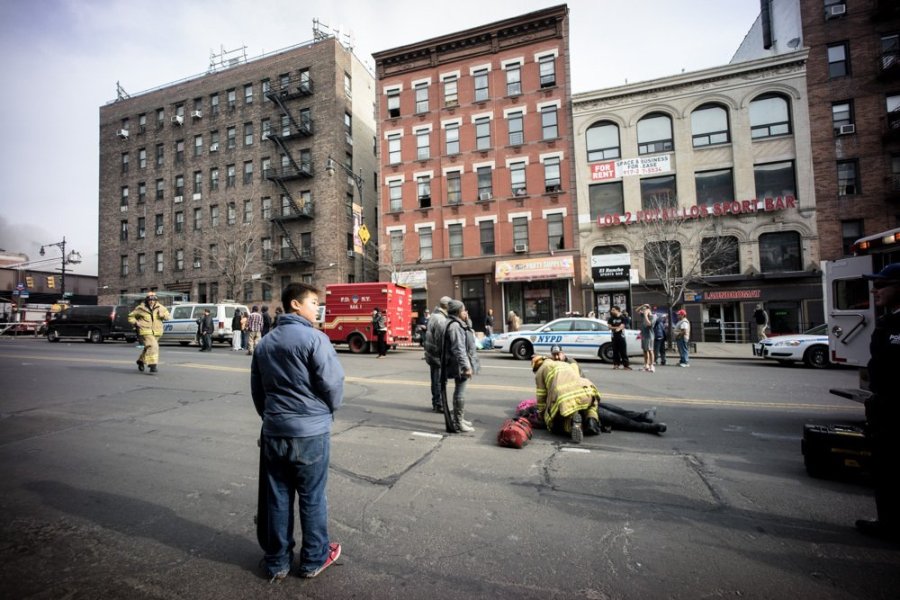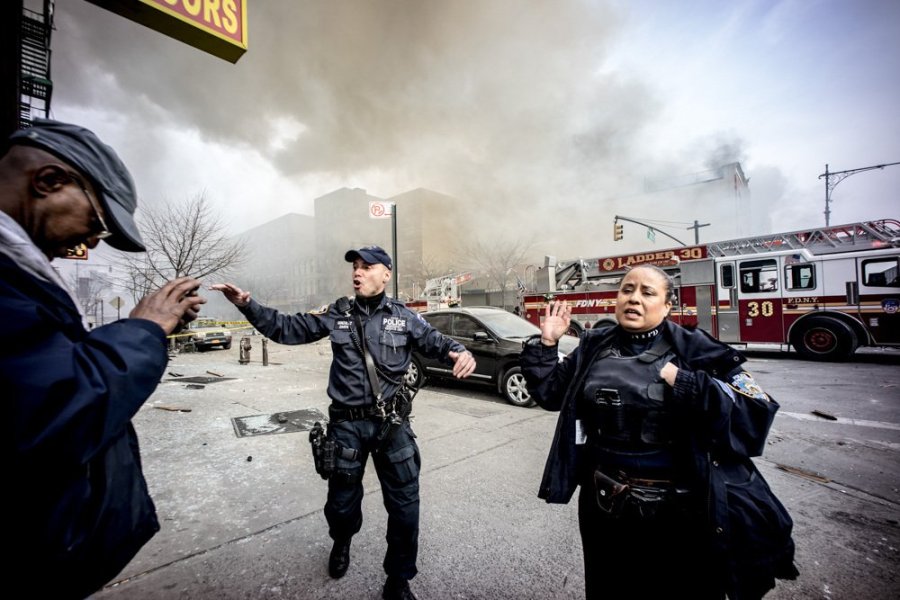NEW YORK (CNN) — In the mid-March chill Thursday, the victims and their stories continued emerging as firefighters ferreted through the piles of bricks and wreckage on the East Harlem block where a powerful explosion and fire leveled two buildings.
They brought life to a vibrant neighborhood of corner bodegas, churches, shops and redbrick tenements whose ordinary rhythms were shattered when Wednesday’s morning blast killed at least seven and injured dozens more.
There was Carmen Tanco, a 67-year-old dental hygienist whose relatives tried desperately to reach by cellphone in the hours after the explosion.
“She’s sassy, spicy, which is why her and I are so close,” her niece, Marisela Frias, said before learning that her aunt had died. “We have the same temperament, character, we tell it like it is, tell you the truth whether you want to hear it or not. What you see is what you get.”
Another victim, Griselde Camacho, 44, was a public safety officer at the Hunter College Silberman School of Social Work building in East Harlem, the school said on its website.
“Griselde was a well-liked member of our community, a respected officer and a welcoming presence at our Silberman building,” said Jennifer J. Raab, the college president. “Our deepest sympathies go out to her family, and we are committed to doing everything we can to support them in their time of great emotional need. We also know this is a difficult time for all those who knew and worked with Sergeant Camacho. All of you will be in our thoughts in the days ahead.”
Rosaura Hernandez, 21, who also perished in the blast, was a line cook at Triomphe Restaurant, general manager Robert Holmes said.
“She was a great team player,” said Holmes, who learned of her death from Hernandez family members. “She was a great person to work with… Its very hard.”
Though authorities have said a gas leak may have triggered the explosion, Mayor Bill de Blasio told reporters Thursday that the official cause was under investigation.
“We know there was an explosion,” he said, “but we don’t know everything about the lead-up to it.”
The names of other victims have yet to be released. At least five people remain missing, police said.
On Wednesday, one woman tried in vain to find her husband, Jordy Salas, who may have been on the second floor of one of the collapsed buildings. She fainted and was taken to a hospital.
Near 116th Street and Park Avenue, once the heart of New York’s large Puerto Rican community, firefighters were still tearing at mounds of bricks in a search for survivors from the two collapsed buildings, which housed a piano store and an evangelical church in addition to apartments.
“We [had] probably about two-and-a-half floors of debris, so we have it now down to about one, one-and-a-half floors,” Edward Kilduff, a fire department chief, told de Blasio Thursday morning during a tour of the site. “The victims have primarily been found on the left-center side about 20 feet in.”
The massive explosion shook Manhattan’s East Harlem section around 9:30 a.m. Wednesday.
Colin Patterson said he was watching TV when suddenly a thunderous blast sent pianos hurling through the air in the shop where he works.
“They flew off the ground,” said the piano technician, who also lives in the building in Manhattan’s East Harlem. He told CNN affiliate WABC that he crawled through the rubble and managed to escape unharmed.
Call about gas leak proceeded blast
Con Ed spokesman Bob McGee said the utility received a call reporting a gas leak around 9:13 a.m. The call came from a resident at one of the newer buildings on Park Avenue. The utility dispatched a truck two minutes later, but it arrived after the explosion, the spokesman said. The caller reported smelling gas the night before but did not call the utility at the time.
Edward Foppiano, the utility’s senior vice president of gas operations, said the cause of the blast was being treated as a gas leak, though there was no evidence of that yet. A routine service check, involving a truck with special equipment, detected no gas leaks on February 28, he said.
Foppiano said one of the buildings had a gas leak in May 2013, which was repaired the following month.
A building department official said one of the two Park Avenue buildings that collapsed received a city permit last year for the installation of 120 feet of gas piping. The work was completed last June. In 2008, owners of the adjacent building, which also collapsed, were fined for failing to maintain vertical cracks in the rear of the building. The condition was not reported as corrected to the buildings department.
There were a total of 15 units in the two buildings, officials said.
Building department records detailed a litany of violations, dating back decades, for one of the collapsed buildings, including a lack of smoke detectors, blocked fire escapes and faulty light fixtures.
The National Transportation Safety Board, which investigates pipeline explosions, said it was sending investigators to New York.
The mayor told reporters that the report of the gas leak, which he said came about 15 minutes before the explosion, was “the only indication of danger.”
Longtime resident, public safety officer among victims
Frias, 44, tried unsuccessfully to call her aunt, Carmen Tanco, a second-floor resident of one of the collapsed buildings for more than two decades. Frias called and called her aunt’s cell number but got no answer, she said.
“Always she answers right away and if she misses it because she didn’t get to in time, she calls me right back,” Frias said.
“Calling nonstop and it goes straight to voice mail, which never ever, ever, ever in my years — and I’m 44 — of knowing her, ever cannot get ahold of her. … All I want to know is she’s OK.”
Later Wednesday, Frias told CNN that her aunt had died in the blast.
The injured included two FBI agents who were in the vicinity of the explosion, said New York FBI spokesman Chris Sinos. The injuries were not life-threatening.
Neighbors: Blast sounded like a bomb
Fire Commissioner Salvatore Cassano said responding firefighters barely missed the blast.
“If we were here five minutes earlier we may have had some fatalities among firefighters,” he said. “Not being here may have saved some lives.”
A new problem complicated search efforts Wednesday night, as a sinkhole in front of the collapsed buildings stopped firefighters from accessing some of the wreckage.
“Heavy equipment, required to remove additional debris, cannot be brought to the scene unit the sinkhole is mitigated,” the New York Fire Department said. “That mitigation is in process and will likely take several hours.”
A day earlier, clouds of dark smoke rose over the largely residential area of redbrick tenements and small businesses after the explosion, which some residents said sounded like a bomb.
Hundreds of firefighters responded, many spraying water on the roaring blaze from ladders.
Metro North commuter rail service was suspended as debris from the explosion landed on the elevated tracks across the street, authorities said. Service was restored later Wednesday, with trains running at reduced speed near the blast site.
“I heard a big explosion,” said a resident who identified herself as Angelica. “I didn’t know what was going on. … My neighbors came banging on my door, telling me to get out. I guess they were evacuating the building. And I couldn’t get out. My door was jammed. Everything on my windowsill fell. I guess the impact of the explosion jammed the door as well.”
She added, “It was extremely loud. I couldn’t even explain it to you, if I could. It was just so loud. It woke me out of my sleep. That’s how loud it was.”
Molley Mills, who lives nearby, said at the time of the explosion her building rumbled as if the subway was passing beneath it.
“I went outside my terrace and there was smoke pouring out,” she said.
The New York police bomb squad responded to the scene, according to a law enforcement source.
Once a predominantly Italian neighborhood, the stretch of East Harlem saw a large influx of Puerto Ricans in the 1950s. It went on to be called Spanish Harlem. In the 1990s, many Mexican immigrants began to move into the area, which has been gentrified in recent years, with many mom-and-pop shops replaced by restaurants and bars.
CNN first learned of this story via Twitter.
By Ray Sanchez with contribution from CNN’s Poppy Harlow, Rose Arce, Eden Pontz, Don Lemon, John Berman, Ashleigh Banfield, Adam Reiss, Stephany Byrne, Haley Draznin, Laura Ly, Shimon Prokupecz, Brian Vitagliano, Julia Lull, Lorenzo Ferrigno, Steve Kastenbaum, Elizabeth Landers, Susan Candiotti, Haimy Assefa, Chris Boyette, Kevin Conlon and Catherine E. Shoichet.
